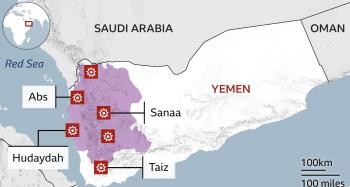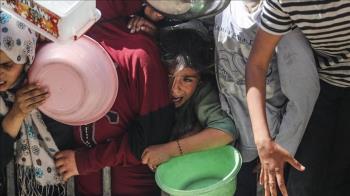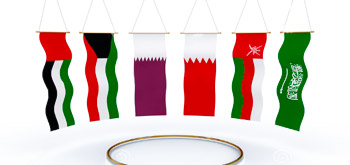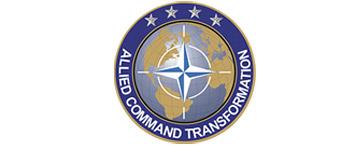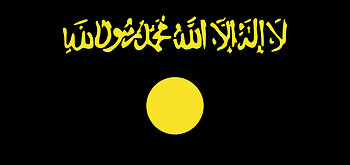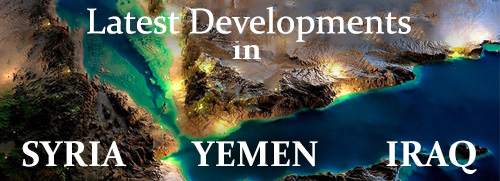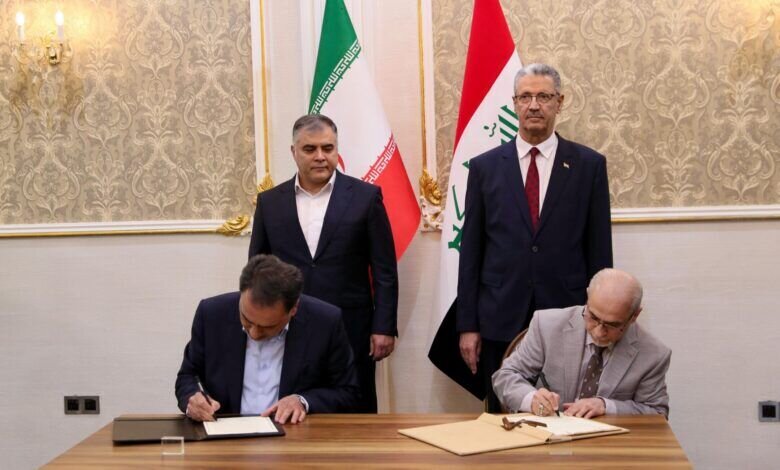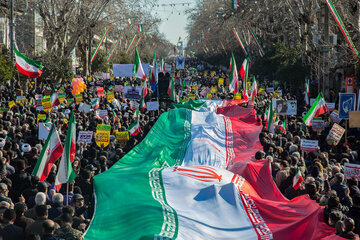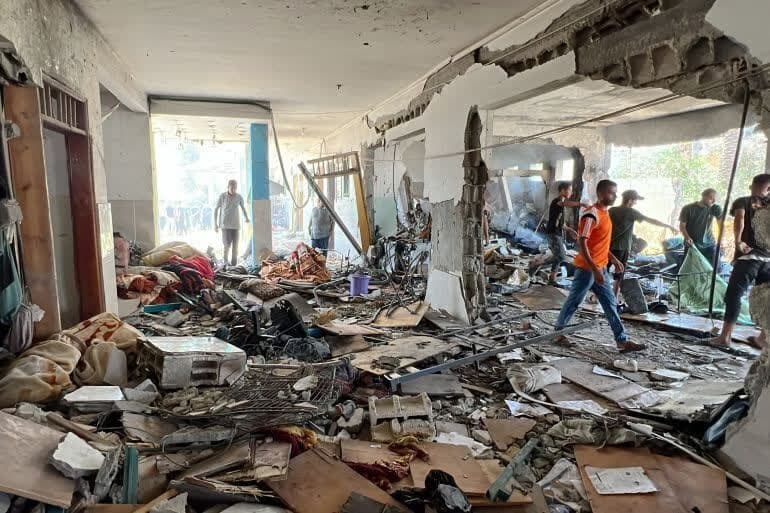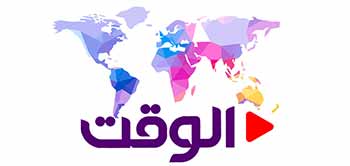Alwaght- The political transformation in Iran-Iraq relations—from hostility under Saddam Hussein to unity after his fall—has significantly reshaped their relations dynamics. Iraq's emergence as a corridor for the Axis of Resistance following the rise of the ISIS terrorist group, along with Iran's "neighbors first" policy adopted in response to Western sanctions over its nuclear program, have turned the two countries into key trade partners. As a result, Iran and Iraq have managed to cooperate across a wide range of business sectors.
However, after two decades of rising trend of partnership, oil and gas sectors have remained neglected despite high potentials and remarkable profit. Still, the recent visit to Iraq of the Iranian Oil Minister Mohsen Paknejad makes an important step for a jump in the oil and gas cooperation of the two neighbors.
During his recent visit to Baghdad, Paknejad met with senior Iraqi officials, including Iraqi counterpart Hayan Abdul Ghani and Prime Minister Mohammad Shia al-Sudani. The visit was aimed at strengthening bilateral cooperation in the energy sector, especially in the oil, gas, petrochemicals, and development of joint fields.
Iraqi media outlets, which covered the visit extensively, reported the signing of MoUs and agreements to strengthen oil cooperation and exchange knowledge and technology between the two countries, especially in the field of offshore exploration and the transfer of gas from Iraqi border fields to Iran to fuel liquefied natural gas (LNG) power plants.
Key agreements and contracts
The main areas of Iran-Iraq talks have been related to facilitation and development of mutual cooperation in energy-related areas. Suggesting that developing common oilfields is in the best interest of the two sides and can enhance energy security of the region, the Iranian oil minister voiced Tehran's readiness to provide its experiences and technology to bolster strategic partnership with Iraq in energy sector.
The Iraqi oil minister, who is also the deputy prime minister for energy, noted: "The prospects for joint cooperation were discussed and reviewed in this meeting... The two sides held a meeting in which the mechanisms of cooperation between the two countries in various sectors were discussed and reviewed, and memorandums of understanding and contracts were signed in the field of exchange of expertise and joint cooperation that are in line with the interests of the two countries... Iraq has promising gas investment projects and is working to achieve self-sufficiency in oil derivatives."
Here is a list of MoUs signed between the two sides:
1. Extension of gas exports and its expansion contract: Amid the urgent Iraqi need for gas to produce power, the two sides stressed the need to ensure continuation of this contract.
2. Technical partnership and joint investment in the development of joint oil fields: This includes work in Sindbad field in Basra province, part of which is located in the border waters of Iran and Iraq west of Karun River. The reserves of this large oil field, which is called "Yadavaran" in Iran, are currently estimated at 34 billion barrels. On the Iranian side, the development of this oil field began in 2008, but on the Iraqi side, the development of this oil field began in 2013 with the drilling of exploratory wells. Previously, Chinese companies had a project to develop and extract oil from this oil field for the Iraqi side, but Iraq has still failed to extract oil from this joint field.
3. Partnership in refining and petrochemicals: Iran voiced its readiness for modernization of Iraq's oil refineries and expansion of petrochemical projects, especially in Basra and Kirkuk.
4. Settling banking and financial challenges: Given the tightened US sanctions, the two sides are seeking alternative routes for financial exchanges.
Benefits of Iran-Iraq partnership in energy sector:
1- Iraq's energy security: Given Iraq's problems in providing a stable supply of gas and electricity, cooperation with Iran will help stabilize the country's energy supply.
2- Reducing production costs: Using Iran's existing infrastructure (such as pipelines) will reduce energy transmission costs.
3- Developing joint fields: Joint production from fields such as Sindbad has doubled economic benefits for both countries.
4- Iraq's gradual withdrawal from dependence on the West: Iraq is seeking to reduce US pressure and expand its trading partners, and Iran is a proper option for this diversification.
Influence of Iraq's willingness to cut dependence to the US in agreements with Iran
Given the political tensions between the US and Iraq and also Baghdad's willingness to cut dependence on the US dollar and the Western-dominated financial mechanisms, cooperation with Iran, which is itself under the Western sanctions, can grant Iraq effective solutions. This was evident in recent talks, especially on the use of alternative financial mechanism in non-dollar transitions.
In this regard, Iraqi oil minister said: "Iraq is seeking to diversify its energy partners, and Iran is an important partner for us. We are seeking to reduce dependence on a specific source, and cooperation with Iran will help in this direction."
US financial dominance over Iraq's oil revenues has always been a factor in disrupting the currency system and even Baghdad's foreign relations and domestic policies.
This dominance dates back to the time of President George Bush on May 22, 2003. Security Council Resolution 1483 voted to establish the so-called "Development Fund for Iraq" to manage Iraq's oil revenues, from which all revenues from the sale of Iraqi oil will be deposited directly into an account at the Federal Reserve Bank in New York ( JP Morgan and Citi). Iraq then receives these revenues in dollars through the US Treasury.
Interestingly, Resolution 1483 did not mention the US Federal Reserve as the host of Iraqi funds. In fact, the resolution specifically stated that the Development Fund for Iraq should be “managed by the Central Bank of Iraq,” but Paul Bremer, the military ruler of Iraq at the time, unilaterally decided to keep the account at the Federal Reserve.
In recent years, the Iraqi parliament's Finance Committee has repeatedly called for a change in this approach to end 20 years of “US financial dominance” and the occasional sanctions imposed by the US on Iraqi banks, but each time this demand has not been met due to threats from Washington. For example, in July 2024, the Central Bank of Iraq, under intense pressure from the US Federal Reserve, suspended all foreign transactions with the Chinese yuan. Transactions in yuan wax aimed at freeing Iraq from the tight financial restrictions imposed by the US. The US even ignores Security Council Resolution 1956, passed in 2010, which required the closure of the Development Fund for Iraq by June 30, 2011, and the transfer of all revenues to the Iraqi government.
The US sees dominance over the Iraqi oil sector as the most important pressure leverage on Baghdad, and whenever it feels Iraqi moves inconsistent to the American agenda in the region, it throttles financial transactions of the country.
Conclusion
Iranian oil minister's visit to Iraq indicates the depth of strategic relations of the two countries in energy sector. Given Iraq's need for Iranian gas and technology and also Iran's willingness to expand its regional markets, this partnership can bring forth mutual economic stability and energy security. Developing shared energy fields, especially Sindbad, can present a model for their future cooperation in the region.

